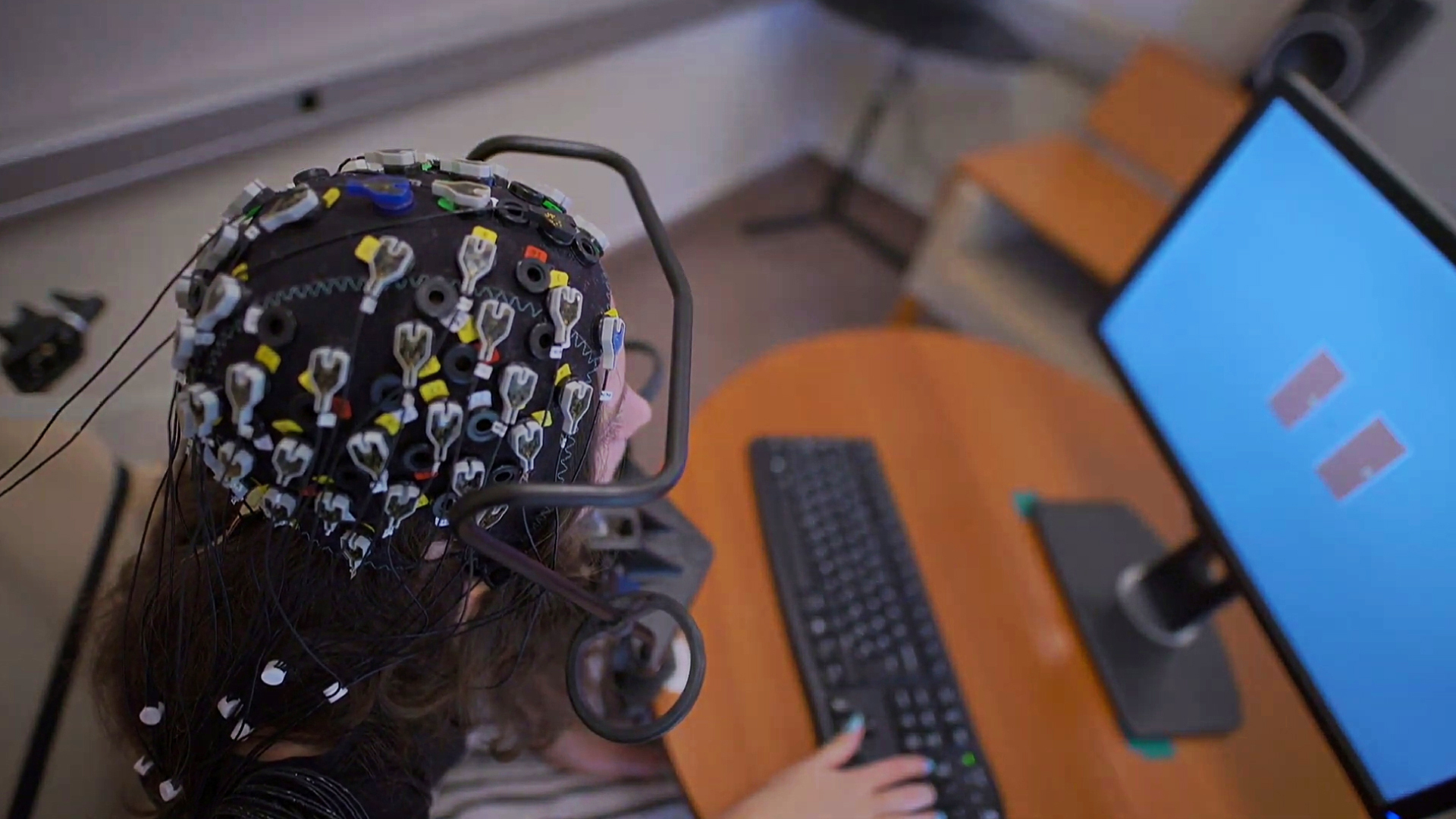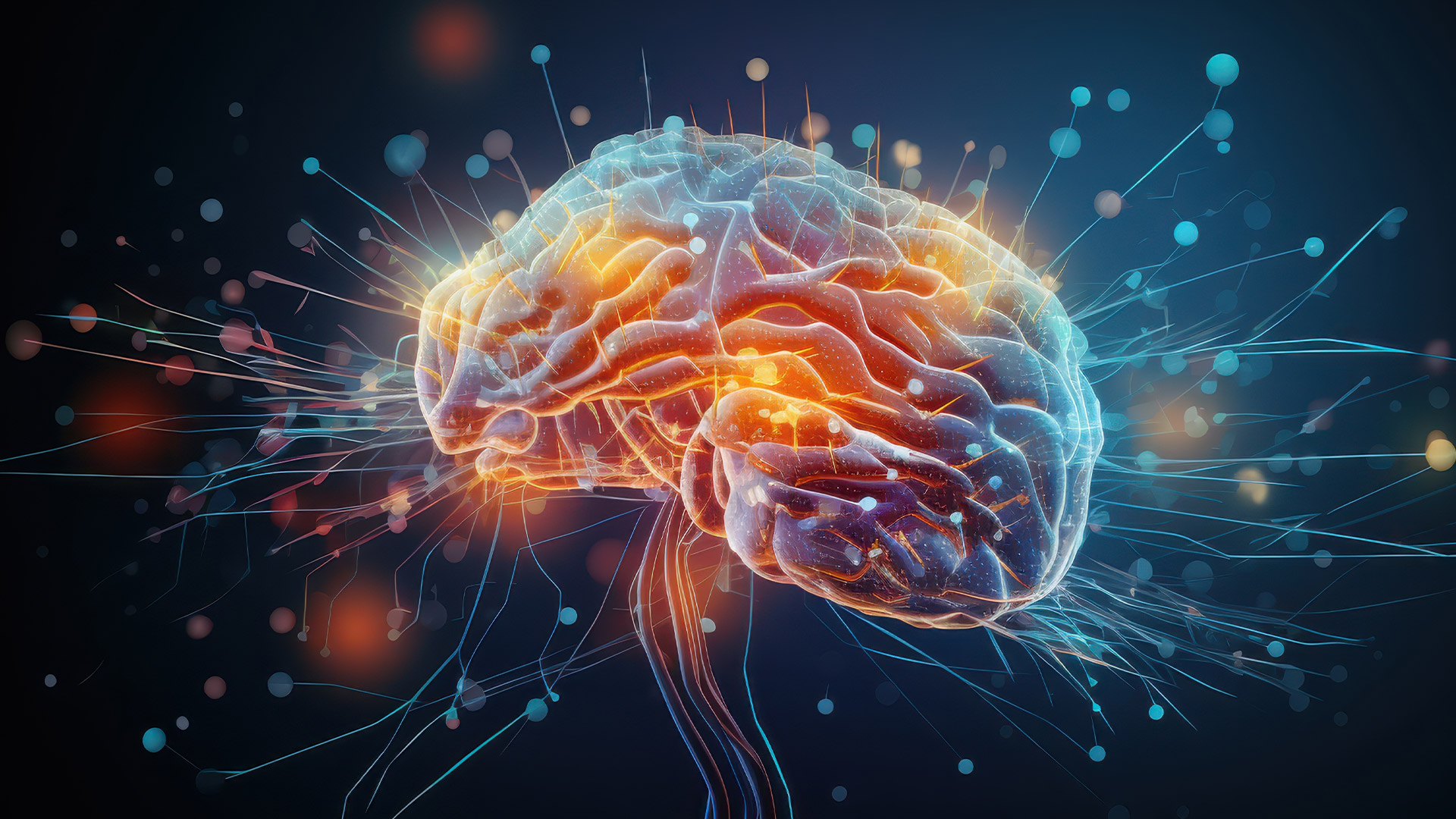Major Study to Launch in September: Anorexia as Sign of Hidden Autism in Women
Current diagnostic tools for autism are not sensitive enough to detect the condition in women. A complex research project, set to begin in September at the HUN-REN Research Centre for Natural Sciences, could help address this issue and contribute to the development of personalised therapies. The study will also investigate the link between anorexia and autism in women.
Dr. Nóra Bunford, leader of the HUN-REN RCNS Clinical and Developmental Neuropsychology Research Group, has been working with her colleagues for many months to prepare the complex research project, supported by the National Brain Research Programme. Preliminary experiments are already underway, and recruitment of study participants will begin in September.

"Our aim is to investigate the intermediate phenotype between anorexia nervosa and autism spectrum disorder. These two conditions co-occur more frequently than would be expected by chance, not only because anorexia is more common among those diagnosed with autism, or that autism spectrum disorder is more prevalent among those struggling with anorexia, but also because the two conditions share many similar symptoms," the clinical psychologist explained in response to our query. Individuals with autism spectrum disorder tend to be less flexible; for example, they have difficulty switching from one rule to another while solving a task. This inflexibility is also observed in those with anorexia, and researchers hypothesise that these cognitive traits provide insights into the co-occurrence of the two disorders."
"There is a growing consensus among clinical psychologists and psychiatrists that treating only the visible symptoms does not necessarily lead to long-term improvement. Furthermore, just because two patients with different conditions behave similarly in a test does not mean their underlying brain processes are the same. Our study aims to uncover these processes, considering genetic factors and family history," explained Dr. Nóra Bunford. She emphasised that understanding these brain processes is crucial for providing targeted, personalised treatment, whether through medication or psychotherapy. A useful analogy is that if you sneeze and use nasal spray, the congestion may clear, but for conditions like allergies or sinusitis, entirely different treatments are required for real recovery.

The study, set to begin in September, will divide participants into four groups: the first will include individuals with autism spectrum disorder, the second those with anorexia, the third those diagnosed with both conditions, and a fourth group will serve as a control. Participants will complete computer-based tasks designed to reveal signs of cognitive inflexibility or flexibility. Their responses will be detected as electrical signals in the brain using an EEG (electroencephalograph). Researchers will analyse this "event-related electrophysiological activity" to draw conclusions, such as whether brain activity differs between the groups.
The study, conducted in collaboration with the Pediatric Center at Semmelweis University, including Associate Professor Dr. Bea Pászthy, has another important aim beyond identifying group-level differences: to examine how these differences and similarities relate to school performance, social relationships, and family conflicts. The researchers hope this will reveal whether, for example, cognitive inflexibility in a patient with anorexia should be treated similarly to that in a patient with autism, or if entirely different therapies are required. The study may also contribute to reducing misdiagnoses that occur based solely on symptoms.
Previous research has found that autism is more common in males and anorexia more prevalent in females. However, autism experts increasingly believe that we do not fully understand the true proportions. This is because the diagnostic tools previously used for autism are not sensitive enough to detect the condition in women. For example, many women are highly successful at camouflaging, or masking, by imitating the behaviour of socially successful individuals they know, thereby masking their difficulties.
(Author: Péter Házi)

